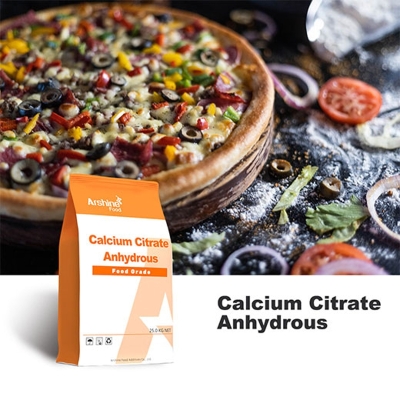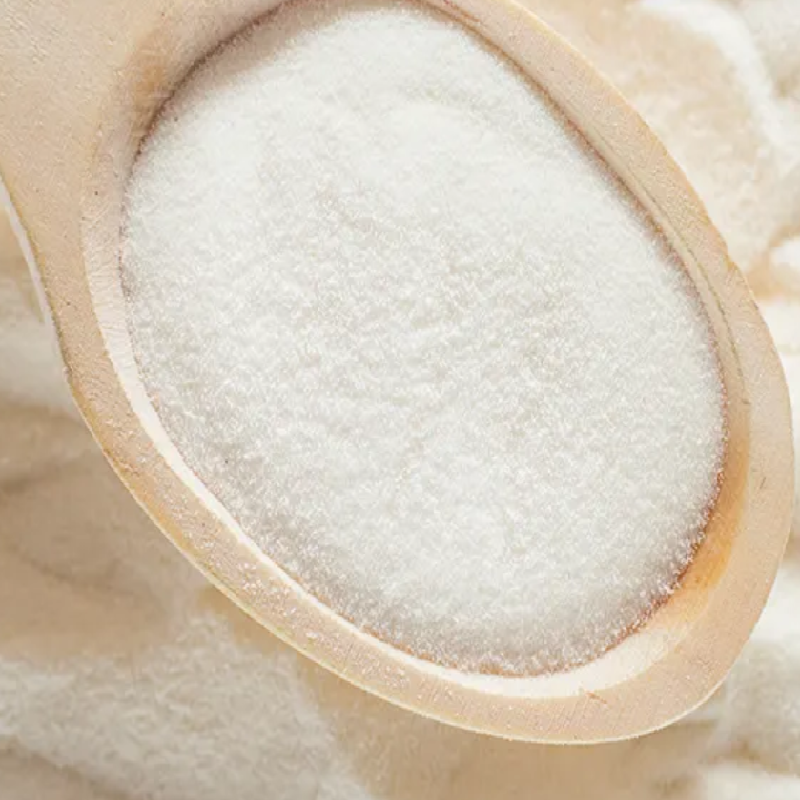-
Categories
-
Pharmaceutical Intermediates
-
Active Pharmaceutical Ingredients
-
Food Additives
- Industrial Coatings
- Agrochemicals
- Dyes and Pigments
- Surfactant
- Flavors and Fragrances
- Chemical Reagents
- Catalyst and Auxiliary
- Natural Products
- Inorganic Chemistry
-
Organic Chemistry
-
Biochemical Engineering
- Analytical Chemistry
- Cosmetic Ingredient
-
Pharmaceutical Intermediates
Promotion
ECHEMI Mall
Wholesale
Weekly Price
Exhibition
News
-
Trade Service
On December 7, 2022, the Ministry of Food and Drug of South Korea announced that after several consultations with the EU, the two sides finally reached an agreement, and the EU agreed to delete
the "Korean dietary supplements" products from the product catalog with strengthened control.
From the first half of 2023, Korean companies exporting dietary supplements to Europe can not submit ethylene oxide test reports and official certificates, but EU officials will conduct random inspections
of 30% of each batch of imported goods.
The European Union (EU) amendment 2019/1793 will be implemented after 20 days, and no date has yet been set
.
the "Korean dietary supplements" products from the product catalog with strengthened control.
From the first half of 2023, Korean companies exporting dietary supplements to Europe can not submit ethylene oxide test reports and official certificates, but EU officials will conduct random inspections
of 30% of each batch of imported goods.
The European Union (EU) amendment 2019/1793 will be implemented after 20 days, and no date has yet been set
.
In order to ensure the safety of imported food, the EU takes temporary enhanced control measures
for illegal products after hazardous substances are detected or other illegal facts are found in products imported from third countries during the official control process.
After notifying the detection of ethylene oxide in instant noodles in South Korea, the EU issued (EU) 2019/1793 amendment order (temporarily strengthening the official control and emergency measures for certain goods from third countries entering the EU), and the EU has strengthened the management of Korean ready-to-eat noodles and dietary supplements as special controlled foods since February 17, 2022: strengthen the control
of ethylene oxide in products 。 Regulation (EU) 2021/2246 stipulates that when exporting ready-to-eat noodles and dietary supplements to the EU, Korean exporters must submit a test report and official certificate issued by a recognized testing agency to prove that the product meets the EU ethylene oxide maximum residue limit standard
.
for illegal products after hazardous substances are detected or other illegal facts are found in products imported from third countries during the official control process.
After notifying the detection of ethylene oxide in instant noodles in South Korea, the EU issued (EU) 2019/1793 amendment order (temporarily strengthening the official control and emergency measures for certain goods from third countries entering the EU), and the EU has strengthened the management of Korean ready-to-eat noodles and dietary supplements as special controlled foods since February 17, 2022: strengthen the control
of ethylene oxide in products 。 Regulation (EU) 2021/2246 stipulates that when exporting ready-to-eat noodles and dietary supplements to the EU, Korean exporters must submit a test report and official certificate issued by a recognized testing agency to prove that the product meets the EU ethylene oxide maximum residue limit standard
.
Additional information
01 Review of ethylene oxide detection in instant noodles in South Korea
In August 2021, the European Union notified that ethylene oxide was detected in instant noodles in South Korea, in fact, instant noodle product manufacturers did not use ethylene oxide, and some products were detected in ethylene oxide metabolite 2-chloroethanol (2-chloroethanol), according to EU regulations, the residual amount of ethylene oxide is calculated by the sum of ethylene oxide and 2-chloroethanol, therefore, the EU notified that ethylene oxide was detected in instant noodles in South Korea, Major media at home and abroad have reported
the detection of ethylene oxide carcinogens in Korean instant noodles.
the detection of ethylene oxide carcinogens in Korean instant noodles.
It can be seen that there are great differences in the regulation of ethylene oxide in various countries or regions, and the following is the information on ethylene oxide regulation in various countries compiled by the Food Partner Network for your reference
.
.
02 Regulation of ethylene oxide and 2-chloroethanol in various countries or regions
China clearly stipulates that ethylene oxide cannot be used for the disinfection
of food and food contact materials.
of food and food contact materials.
EU residual levels of ethylene oxide are measured
as the sum of ethylene oxide and 2-chloroethanol.
as the sum of ethylene oxide and 2-chloroethanol.
In South Korea, ethylene oxide is an unregistered pesticide, according to the positive list system to implement the 0.
01ppm standard, 2-chloroethanol can be from environmental or natural origin, South Korea does not set a residue limit standard, due to the detection of ethylene oxide in instant noodles, the Ministry of Food and Drug has set its provisional limit standard
.
01ppm standard, 2-chloroethanol can be from environmental or natural origin, South Korea does not set a residue limit standard, due to the detection of ethylene oxide in instant noodles, the Ministry of Food and Drug has set its provisional limit standard
.
The United States and Canada, unlike the European Union, use a separate management
of 2-chloroethanol from ethylene oxide.
The United States and Canada stipulate that ethylene oxide in food, medicine, etc.
is 7~50ppm, 2-chloroethanol is 940ppm, and most other countries have not set standards
.
of 2-chloroethanol from ethylene oxide.
The United States and Canada stipulate that ethylene oxide in food, medicine, etc.
is 7~50ppm, 2-chloroethanol is 940ppm, and most other countries have not set standards
.
Table 1 below shows the limit requirements
for ethylene oxide and 2-chloroethanol in selected countries or regions compiled by the Food Partner Network.
for ethylene oxide and 2-chloroethanol in selected countries or regions compiled by the Food Partner Network.
Table 1 Limits for ethylene oxide and 2-chloroethanol in each country or region







